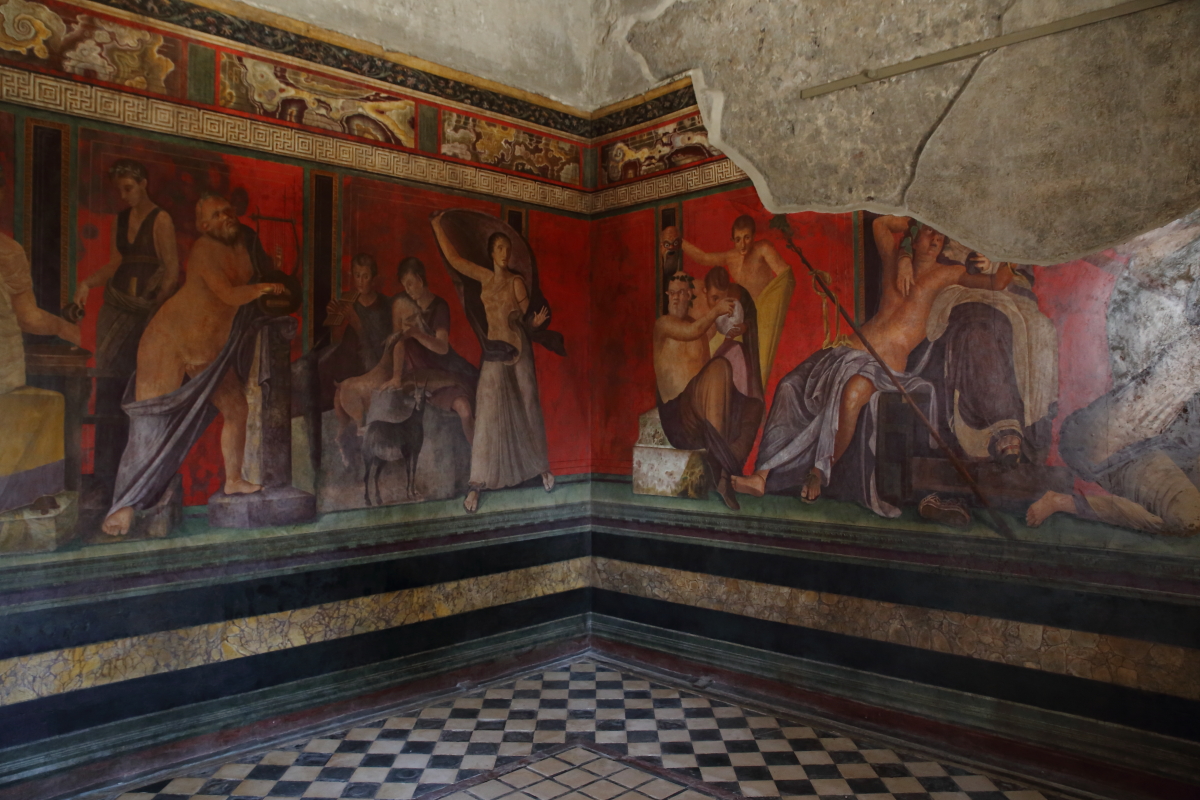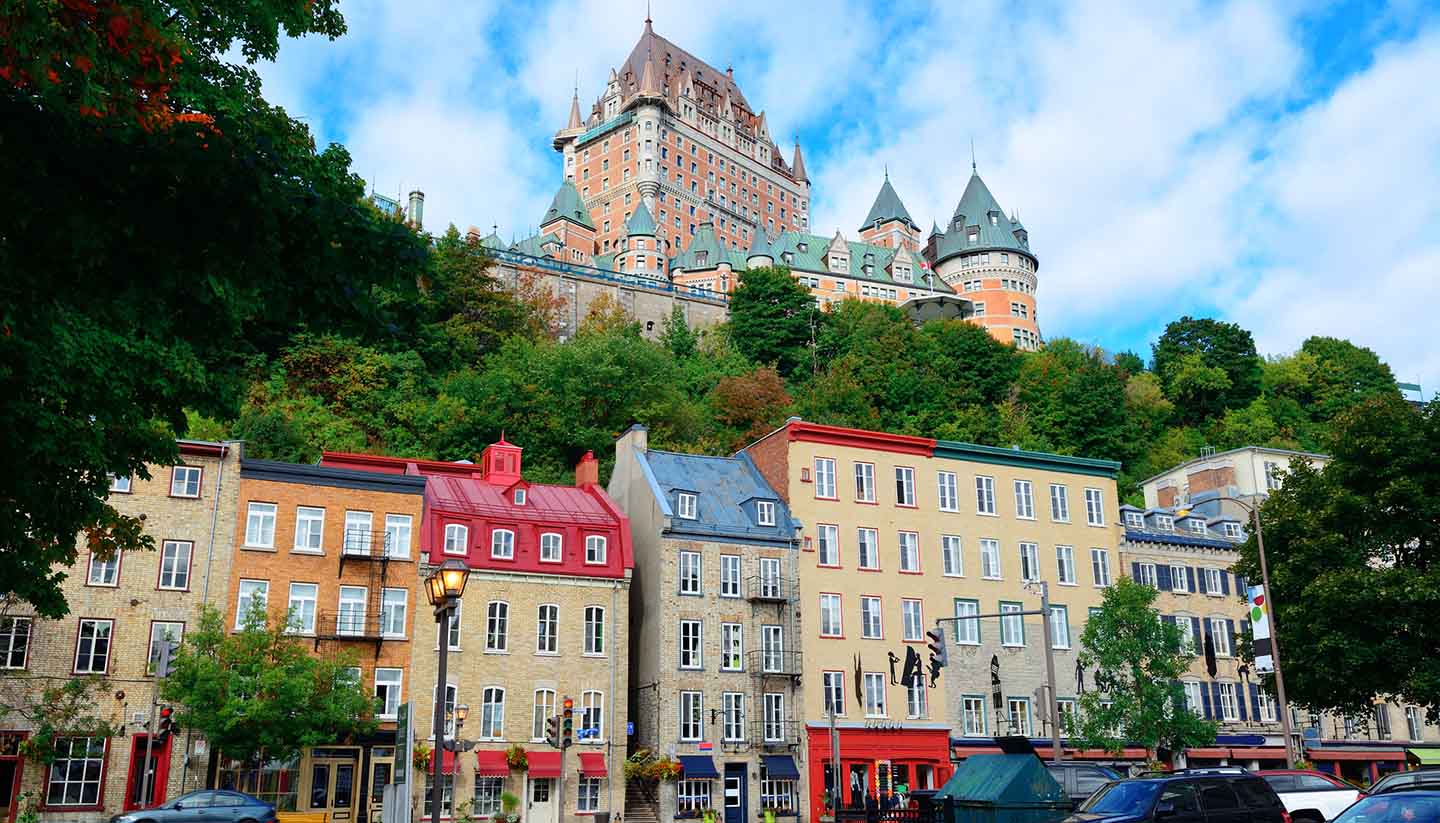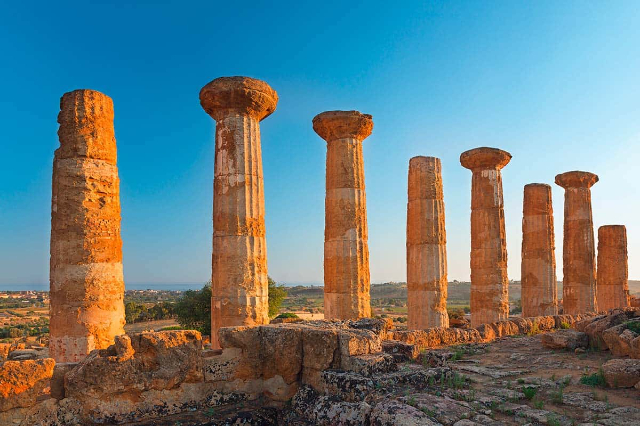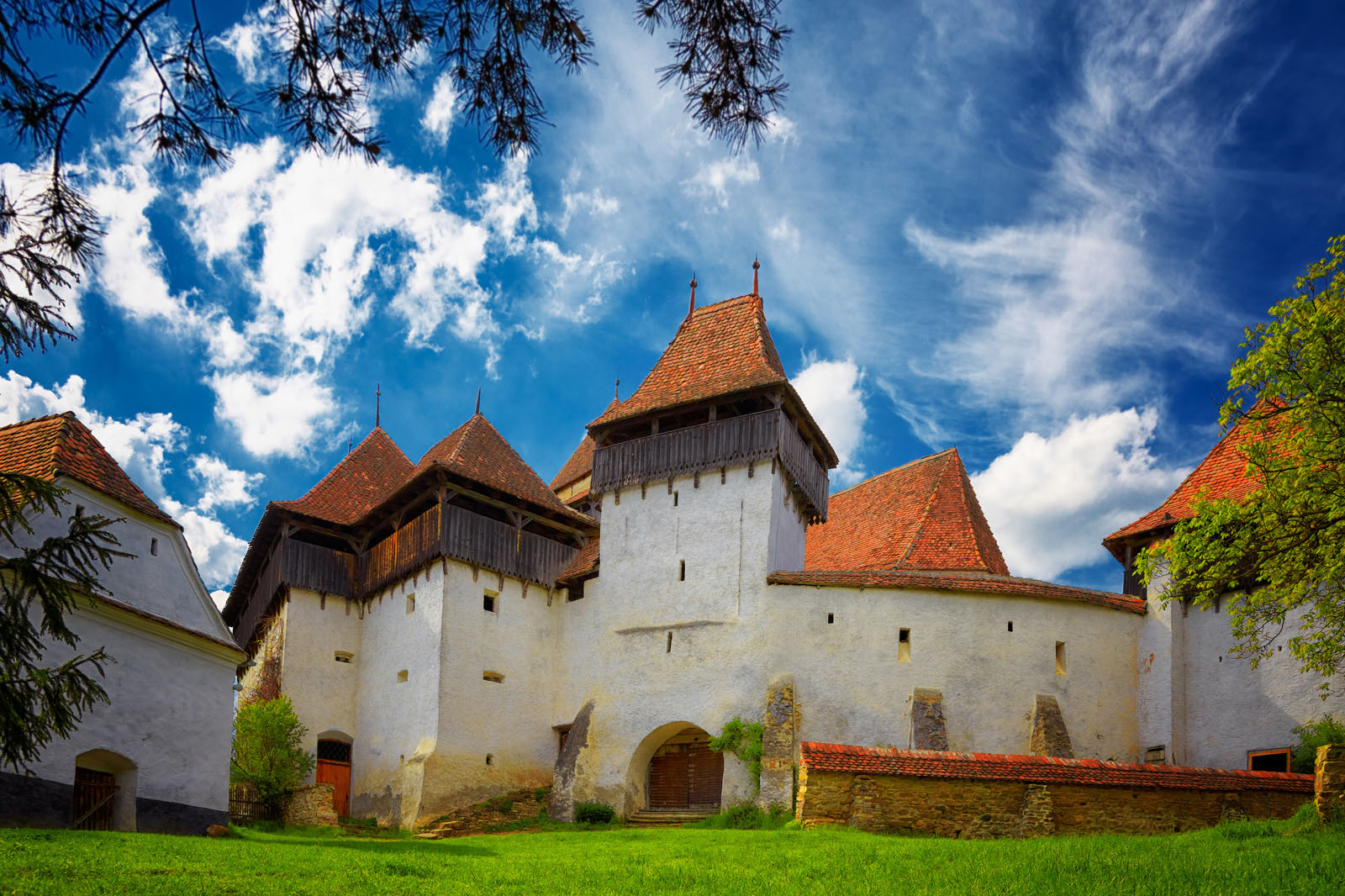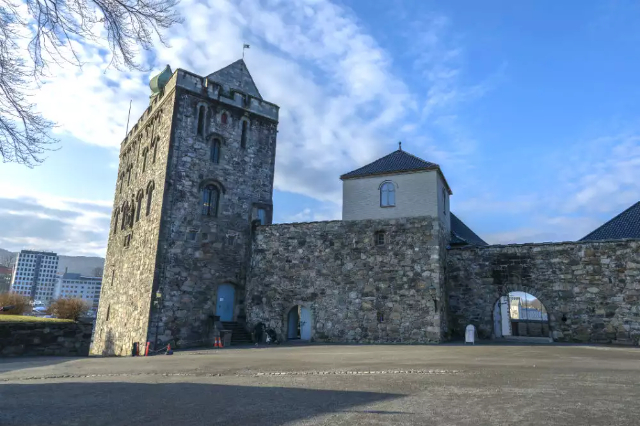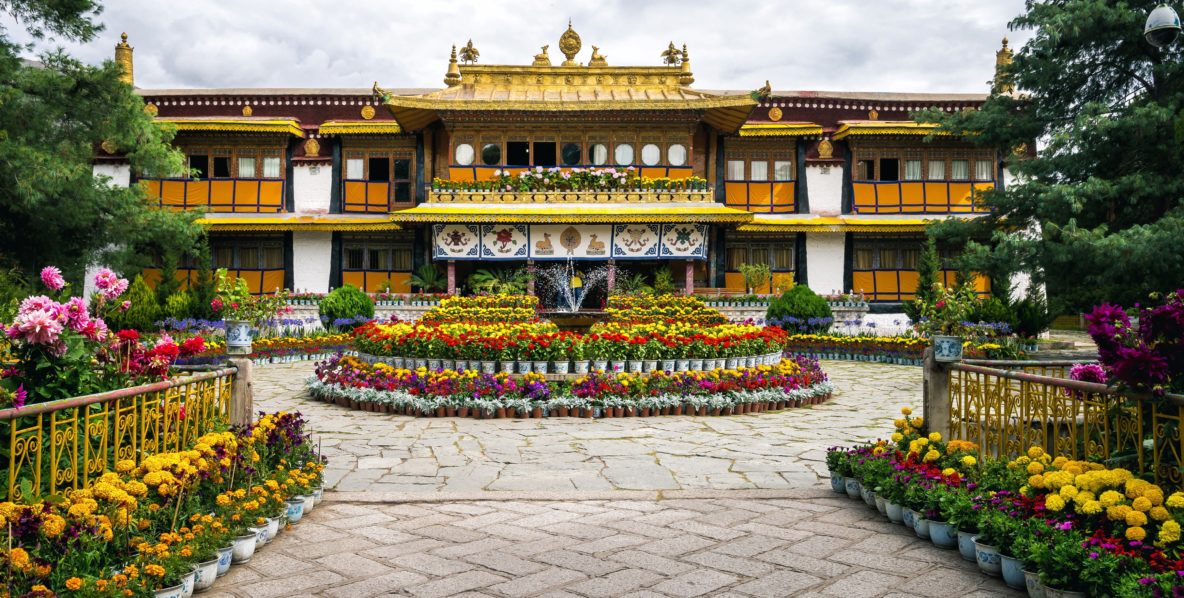The grandiose Villla of the Mysteries is perhaps the best-known building of all the excavations, comprising about sixty rooms and the ruins of a suburban Roman dwelling that stands about 800 meters northwest of Pompeii. It takes its name from frescoes in one room of the dwelling that most scholars believe depict the initiation of brides into Dionysian pleasures.
Partially discovered in 1909-1910, the complex is an admirable example of a mixture of villa d’otium and villa rustica, possibly belonging to the family of the Istacidii, among the most important in Augustan-era Pompeii. It presents, according to the most up-to-date studies, an architectural layout dating back to the first century B.C. with successive transformations up to the time of the eruption (79 A.D.).
The present-day layout of the villa is due to the interventions that took place following the earthquake of 62 AD, when the conversion of the building from a residential villa to an agricultural and productive complex was initiated. At the time of the eruption in 79 AD, work was in progress to adapt the structure by the last owner.
The luxurious residential quarter is located on the west side and faced the sea, setting on a striking perspective axis consisting in sequence of atrium, tablinum and living room enclosed at the end by a panoramic fenestrated semicircular exedra.
From the living room with exedra there is access through a side passage to the Hall of Mysteries. The name of the villa is due to the frescoes that adorn this triclinium.
The Hall of Mysteries is crowned by an extraordinary pictorial cycle, widely discussed by scholars, that occupies the middle band of the room, above a decorated faux-marble plinth that serves as a podium. The scene is dominated by the divine couple placed in the center of the back wall, in whom Dionysus and Aphrodite (or Ariadne) are identified.
The climax of narrative tension is reached in the ritual scene in which a kneeling woman uncovers her phallus while a winged figure is intent on ritual scourging.
